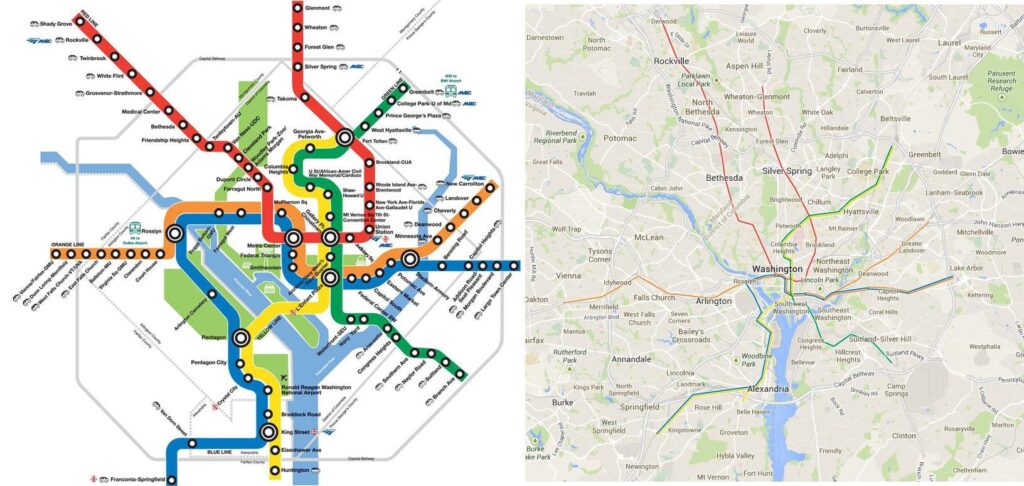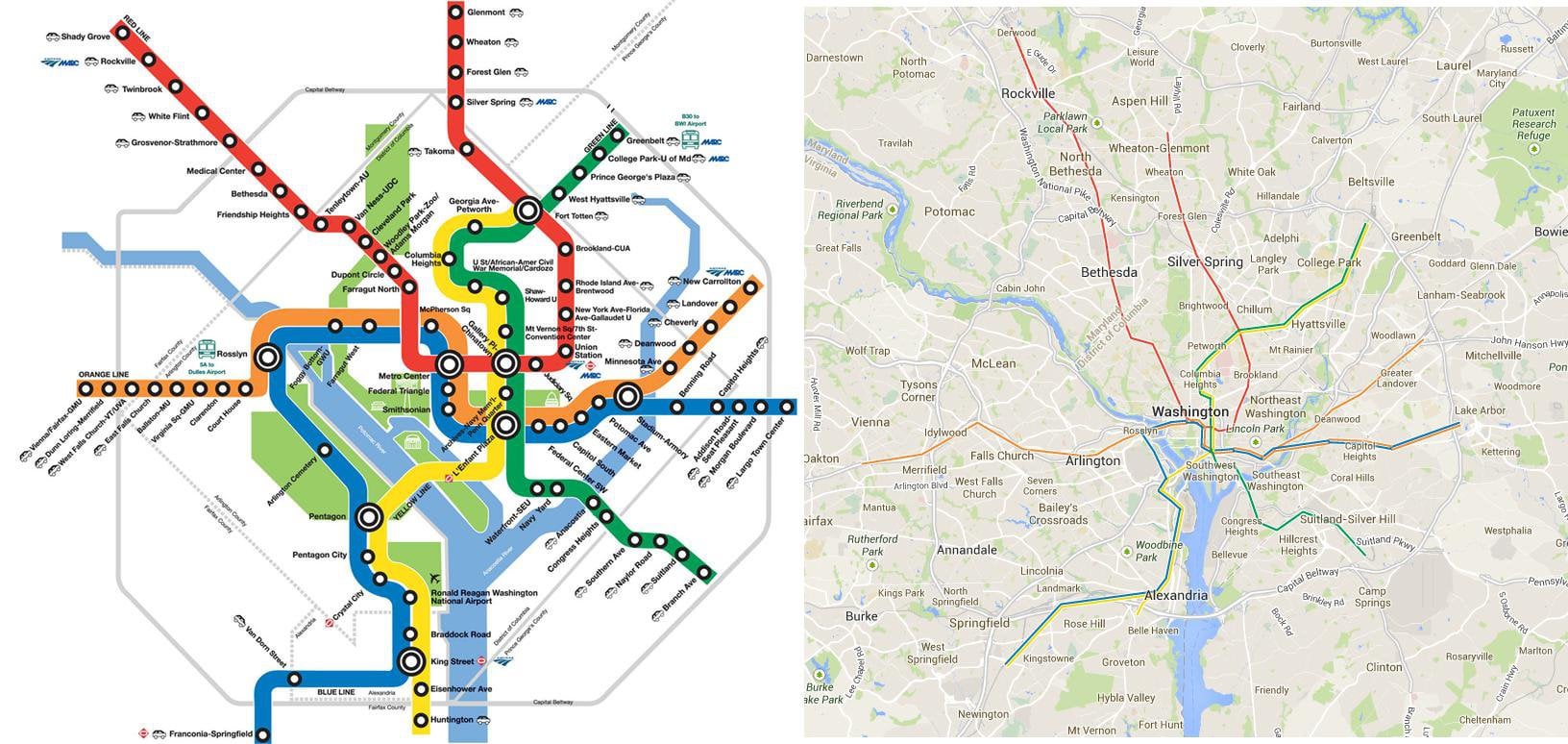
DC Metro Silver Line Hours: Your Ultimate Guide to Navigating the Silver Line
Navigating the Washington D.C. metro system can be daunting, especially when you’re relying on a specific line like the Silver Line to get you where you need to be on time. Understanding the DC Metro Silver Line hours is crucial for planning your commute, weekend excursions, or late-night adventures. This comprehensive guide provides everything you need to know about the Silver Line’s operating schedule, potential service changes, and helpful tips for a smooth journey. We’ll delve into the specifics of weekday, weekend, and holiday schedules, offering insights you won’t find anywhere else. Our goal is to provide an expert, trustworthy, and genuinely helpful resource to master your Silver Line travel.
Understanding the DC Metro Silver Line Schedule
The DC Metro Silver Line, like other lines in the system, operates with a consistent but nuanced schedule. It’s essential to understand the general framework before diving into specific variations and potential disruptions. The usual operating hours are:
- Monday-Friday: Typically, the Silver Line begins service around 5:00 AM and runs until approximately 11:30 PM.
- Saturday: On Saturdays, the Silver Line usually starts operating around 7:00 AM and continues until 1:00 AM (early Sunday morning).
- Sunday: Sundays generally see the latest start time, with service beginning around 8:00 AM and ending around 11:00 PM.
However, these are general guidelines. It’s crucial to check the official WMATA (Washington Metropolitan Area Transit Authority) website or app for the most up-to-date information, as schedules can change due to maintenance, holidays, or unforeseen circumstances. We strongly recommend checking the day before you plan to travel.
Factors Affecting Silver Line Hours
Several factors can influence the Silver Line’s operating hours. Being aware of these potential disruptions can save you time and frustration:
- Track Work: WMATA regularly performs track maintenance and repairs, which can lead to single-tracking, station closures, or adjusted hours. These are usually announced well in advance.
- Holidays: Holiday schedules often differ from regular weekday or weekend schedules. Some holidays might have a Sunday-like schedule, while others might operate on a modified weekday schedule.
- Special Events: Major events in D.C., such as presidential inaugurations or large protests, can impact metro operations, including the Silver Line.
- Unforeseen Circumstances: Unexpected events, such as equipment malfunctions or security incidents, can cause delays or temporary service suspensions.
How to Check the Most Accurate Silver Line Hours
Relying on third-party apps or websites can sometimes lead to outdated information. The best way to ensure you have the correct DC Metro Silver Line hours is to consult the official WMATA resources:
- WMATA Website: The WMATA website (wmata.com) is the primary source for schedule information, service alerts, and planned track work.
- WMATA App: The official WMATA app (available for iOS and Android) provides real-time train tracking, schedule information, and service alerts directly to your mobile device.
- Twitter: Follow @wmata on Twitter for up-to-the-minute service updates and announcements.
- Station Announcements: Pay attention to announcements at metro stations, as they often provide information about delays or service changes.
The Silver Line: Connecting the Region
The Silver Line is a vital artery in the DC Metro system, connecting Washington D.C. to key destinations in Northern Virginia. Knowing the DC Metro Silver Line hours is only part of the equation; understanding its route and key stations is equally important.
The Silver Line currently runs from Wiehle-Reston East in Reston, Virginia, through Tysons Corner, into Washington D.C., and then continues to Largo Town Center in Maryland. This makes it a crucial link for commuters traveling between the suburbs and the city, as well as for those accessing Dulles International Airport.
Key Stations on the Silver Line
Here’s a brief overview of some of the key stations along the Silver Line:
- Wiehle-Reston East: The western terminus of the Silver Line, serving Reston and surrounding areas.
- Reston Town Center: A major business and shopping destination in Reston.
- Tysons Corner: A bustling commercial district with numerous office buildings, shopping malls, and restaurants.
- McLean: A residential area with convenient access to Tysons Corner.
- East Falls Church: A transfer station for the Orange Line.
- Metro Center: A major transfer station in downtown D.C., connecting to the Red, Orange, and Blue Lines.
- Federal Triangle: Close to many government buildings and museums.
- Smithsonian: Provides access to the Smithsonian museums on the National Mall.
- L’Enfant Plaza: Another major transfer station, connecting to the Green, Yellow, Orange, and Blue Lines.
- Stadium-Armory: Serves the RFK Stadium area.
- Benning Road: A residential area in Northeast D.C.
- Capitol Heights: A residential area in Prince George’s County, Maryland.
- Addison Road-Seat Pleasant: A residential area in Prince George’s County, Maryland.
- Largo Town Center: The eastern terminus of the Silver Line, serving Largo and surrounding areas.
Planning Your Trip with the Silver Line
Effective trip planning is essential for a smooth and stress-free experience on the Silver Line. Consider these factors:
- Time of Day: Peak hours (typically 7:00 AM – 9:30 AM and 4:00 PM – 7:00 PM on weekdays) can be crowded, leading to longer wait times and less comfortable rides.
- Transfer Stations: If your trip involves transferring to another line, factor in extra time for the transfer. Metro Center and L’Enfant Plaza are major transfer stations that can be particularly busy.
- Accessibility: All DC Metro stations are supposed to be accessible, but elevators and escalators can sometimes be out of service. Check the WMATA website or app for elevator status before your trip.
- Parking: If you’re driving to a Silver Line station, check the availability and cost of parking. Some stations have limited parking, especially during peak hours.
Using the Trip Planner
The WMATA website and app offer a trip planner tool that can help you plan your journey from start to finish. Simply enter your starting point and destination, and the trip planner will provide you with the best route, estimated travel time, and cost. It will also factor in any planned service disruptions or delays.
Silver Line Extension to Dulles Airport: A Game Changer
The Silver Line extension to Dulles International Airport (IAD) has been a game-changer for travelers. The extension provides a direct rail link between the airport and downtown D.C., eliminating the need for shuttle buses or taxis. This makes the Silver Line an essential service for both residents and visitors.
Dulles Airport Station
The Dulles Airport Station is located inside the airport terminal, making it easy to access the Silver Line upon arrival or departure. The station is well-equipped with amenities, including ticket vending machines, restrooms, and information kiosks.
Important Note: Always confirm the DC Metro Silver Line hours before traveling to or from Dulles Airport, as service may be limited during late-night or early-morning hours.
Navigating Service Disruptions on the Silver Line
Despite the best efforts of WMATA, service disruptions can and do occur on the Silver Line. Knowing how to navigate these disruptions can minimize the impact on your travel plans.
- Stay Informed: Monitor the WMATA website, app, and Twitter feed for real-time service alerts.
- Consider Alternatives: If the Silver Line is experiencing significant delays, consider alternative transportation options, such as buses, ride-sharing services, or taxis.
- Allow Extra Time: During periods of disruption, allow extra time for your journey.
- Be Patient: Service disruptions can be frustrating, but try to remain patient and understanding. WMATA employees are working to resolve the issue as quickly as possible.
The Future of the Silver Line
The Silver Line continues to evolve and improve. WMATA is constantly working to enhance service reliability, increase capacity, and improve the overall passenger experience. Future plans may include additional station expansions, increased train frequency, and improved accessibility.
Expert Q&A: Your Silver Line Questions Answered
Here are some frequently asked questions about the DC Metro Silver Line hours and related topics:
-
Q: What happens if the Silver Line is delayed and I miss my connecting train?
A: If you miss a connecting train due to a Silver Line delay, speak to a WMATA employee at the transfer station. They may be able to provide you with a transfer or help you find an alternative route.
-
Q: Are there restrooms available on the Silver Line trains or at the stations?
A: Restrooms are not available on the Silver Line trains. However, many stations have restrooms available, although they may not always be open or well-maintained. It’s best to plan accordingly.
-
Q: Can I bring my bike on the Silver Line?
A: Bikes are generally allowed on the Silver Line, but there may be restrictions during peak hours. Check the WMATA website for the latest bike policy.
-
Q: Is there Wi-Fi available on the Silver Line?
A: Wi-Fi is available at some DC Metro stations, but it may not be available on the trains themselves. Check the WMATA website for a list of stations with Wi-Fi access.
-
Q: How much does it cost to ride the Silver Line?
A: The cost of riding the Silver Line depends on the distance you travel and the time of day. Fares are typically higher during peak hours. Use the WMATA trip planner to estimate the cost of your journey.
-
Q: Are there discounts available for seniors or students on the Silver Line?
A: WMATA offers discounts for seniors and students with valid identification. Check the WMATA website for eligibility requirements and application procedures.
-
Q: What is the best way to report a problem or concern on the Silver Line?
A: You can report a problem or concern on the Silver Line by contacting WMATA customer service through their website, app, or phone number.
-
Q: How often do the Silver Line trains run?
A: The frequency of Silver Line trains varies depending on the time of day. During peak hours, trains typically run every 6-8 minutes. During off-peak hours, trains may run every 12-15 minutes.
-
Q: What should I do if I lose something on the Silver Line?
A: If you lose something on the Silver Line, contact WMATA lost and found. Provide a detailed description of the item and the date and time you lost it.
-
Q: Are pets allowed on the Silver Line?
A: Pets are generally allowed on the Silver Line in carriers. Service animals are always allowed.
Conclusion: Mastering Your Silver Line Commute
Understanding the DC Metro Silver Line hours is paramount for anyone who relies on this vital transportation link. By staying informed, planning ahead, and utilizing the resources provided by WMATA, you can navigate the Silver Line with confidence. Remember to always check the official WMATA website or app for the most up-to-date information, as schedules can change. Whether you’re commuting to work, exploring the city, or heading to Dulles Airport, a little preparation can go a long way in ensuring a smooth and stress-free journey. Share your experiences with the Silver Line in the comments below, and let us know if you have any further questions!

